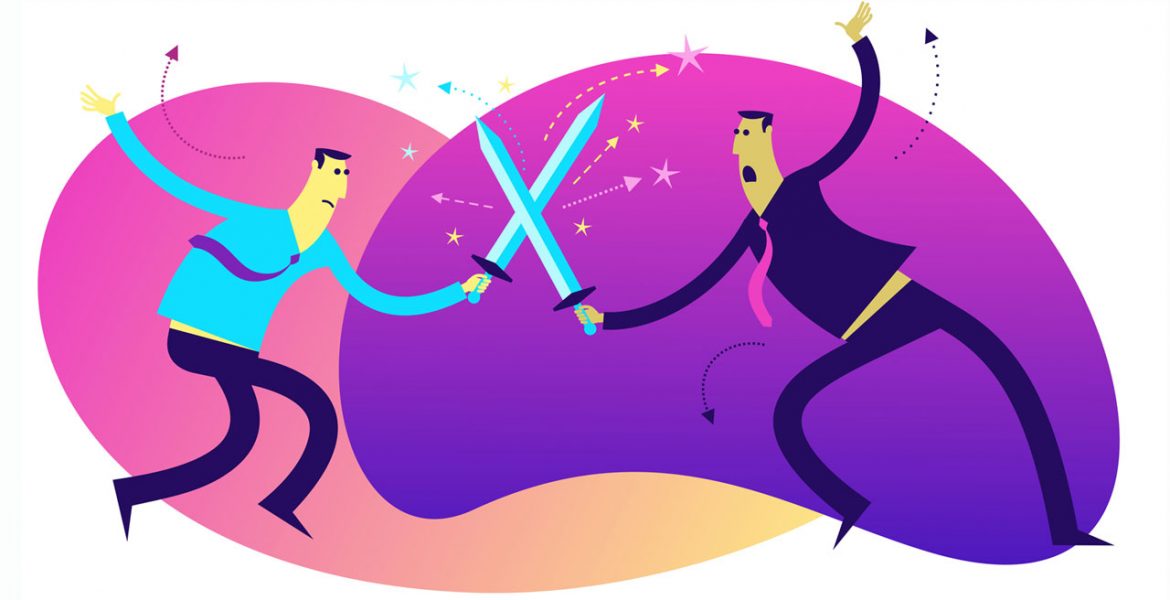The meteoric rise of users installing ad blockers during 2014-2016 took the industry by surprise. Prior to this period, there had never been an incentive for the stakeholders in the advertising supply chain to prioritize the user experience of online ads. The lack of this incentive was one of the underlying reasons for the industry to be weak on self-regulation. Weak self-regulation led to a proliferation of more ‘annoying’ ad formats because they generated the most revenue. For example, according to eMarketer in 2014, rich media ads earned publishers 267% of their earnings compared to standard banners.
Attention from the press peaked around Apple’s decision to allow content blockers on iOS in 2015; ad-blocker user numbers continued to grow, forcing the industry to act. The incentive to create less annoying, or better ads, was now well-established and undeniable.
Three Advertising Standards
The industry now realized it needed to do more to self-regulate to protect the user experience and discourage further ad blocking growth. The Interactive Advertising Bureau (IAB) launched their (now discontinued) LEAN initiative, and the industry came together as the Coalition for Better Ads (CBA) to identify and block the most annoying ad formats. eyeo GmbH, the company behind Adblock Plus, recognized the need to establish a more sustainable value exchange for publishers and advertisers by permitting some forms of nonintrusive advertising to be shown to their users and, thus, launched the Acceptable Ads Standard. Later, the Acceptable Ads Committee (AAC) was established to maintain and develop the Standard further. As the standard gained validity, more ad blockers joined the initiative such as AdBlock, Crystal, and others.
A new status quo appeared with three parties leading the evolution of online advertising standards:
- The self-regulated ecosystem by the IAB
This is the ‘default’ state, if you will. The majority of important stakeholders of the online advertising supply chain are members, and the IAB produces self-regulated technical standards for the industry to use. Some of the allowed ad formats have a negative impact on user experience. There is no enforcement mechanism from the IAB to control / incentivize the usage of their standards. - The Better Ads ecosystem by the CBA
The CBA identified the worst ad formats out there and specifically forbid them in their standard. Publishers showing these forbidden ads risk all their ads being blocked by Google Chrome and Microsoft Edge, the enforcement mechanisms of the CBA. Hence, there is a pretty convincing incentive for publishers to ensure their entire advertising experience is compliant with the Better Ads standard.
The Acceptable Ads Standard is active on multiple extensions, browsers, and ancillary products globally, and is significantly more conservative than the other two standards. For example, video ads and ads with animations are not allowed. For publishers, there is an incentive to cooperate with vendors active in this ecosystem because it enables them to monetize the segment of their audience that otherwise could not be monetized.
The growth of ad-blocking usage and the industry’s response to it have fragmented the landscape for all stakeholders. The reality is that there are three different standards, all of which cater to different user groups. However, the opportunity to maximize revenues across the chain is significant.
Implications for the industry
From the supply side perspective, if a publisher has not reviewed their advertising experience carefully enough to avoid violating the standards from the CBA, they risk losing the ability to monetize on Chrome and Edge. Meanwhile, if a publisher does not have any Acceptable Ad compliant ads customized for users that browse their domains with an ad blocker, they risk losing up to 30% of their revenues on desktop.
For the demand side, the opportunity cost is significant. There are well over 150 million consumers in the world that are currently a blind spot for many brands, agencies, and DSPs. However, there is an opportunity to reach these tech-savvy, big-spending and highly educated users, engage in the conversation, build relationships, do the storytelling, and monetize. Since 2018 demand-side partners can plug into the Acceptable Ads ecosystem through multiple vendors like AAX, Blockthrough, Criteo, Taboola, and many more.
It is now up to the industry to adapt and adjust to this new reality of regulation within the online advertising industry. Although it requires some additional customization of the advertising experience, the potential uplift is worth it.
Join the conversation about working together deliver a better consumer ad experience with eyeo on the Tech Stars stage at #AWNewYork on Wednesday, September 25th at 9:15am

